Archives
Intro to Aquaponics
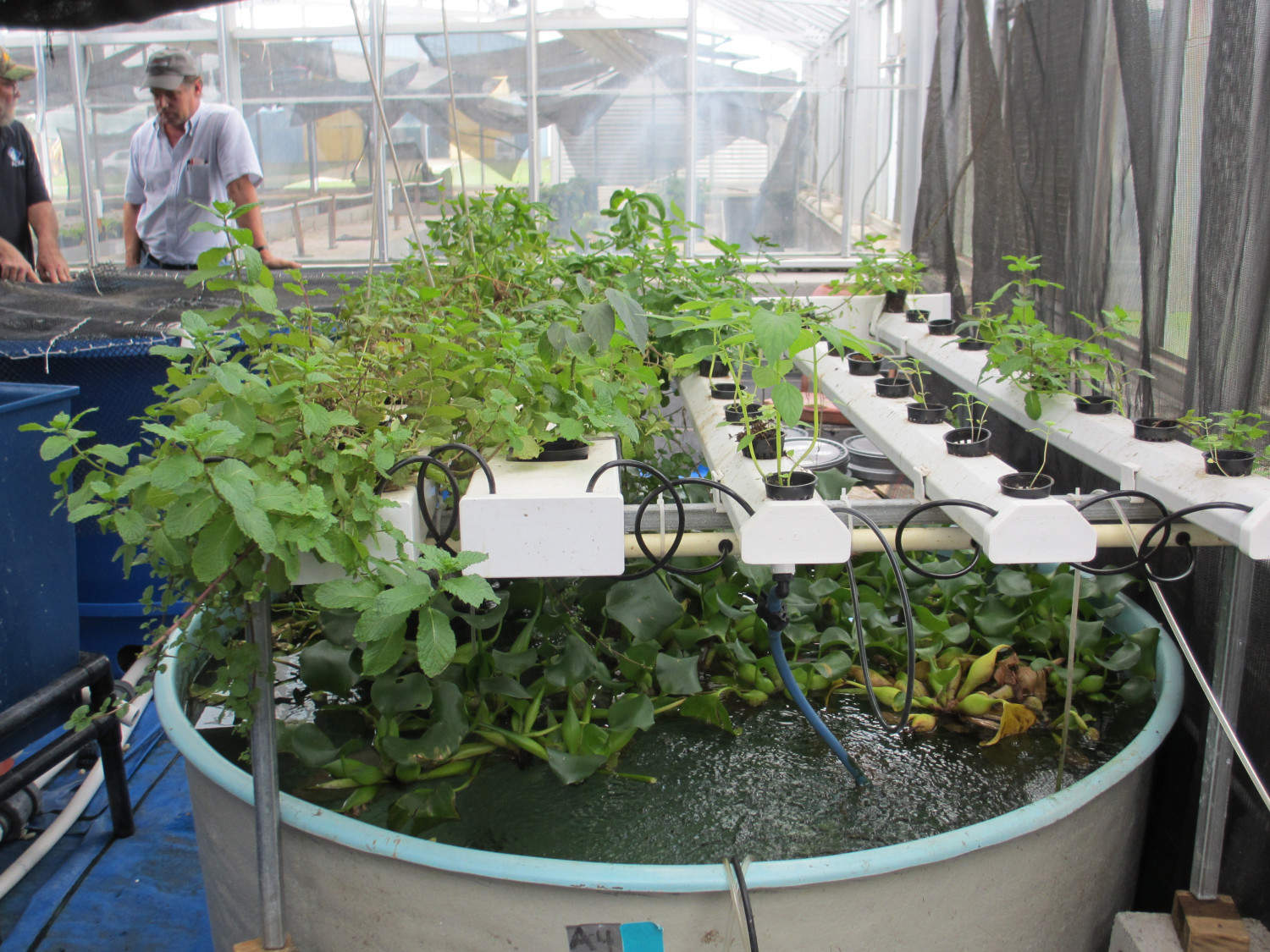
Introduction to Aquaponics
We know about the classic agricultural standards: horticulture (gardening) and animal husbandry (raising livestock.) Growing vegetables can be a good way to obtain them, but to produce all your needs takes a fair amount of land, favorable soil and weather conditions, and labor. Raising animals to eat and provide other necessities (milk and milk products, eggs, wool, hides) can also be of value, but it also takes land and also is somewhat labor intensive. Neither of these are easy to “hide” from those without food who are looking for a source.
Of course, there are ways to do these in a “mini” fashion. For gardening, there is the “square foot” concept, which is much more efficient for small gardens. Container gardening can be unobtrusive and overcome soil deficiencies. Chickens are actually a pretty practical “livestock”, producing both eggs and meat, and they can be raised somewhat less obtrusively than the more common pigs and cows. Rabbits are another inconspicuous source of protein and hides.
Then there is “hydroponics“. This is growing plants without soil, which has some promise. It is actually used commercially for some things. It does, however, have problems. Because the plants are grown in a “sterile” medium, it takes a lot of fertilizer, continuously, to provide the plants their required nutrients.
Alternatively, there is “aquaculture,” which is raising fish. This is also done commercially, and also has a serious problem. A lot of fish create a lot of waste in the water, and this waste need to be taken out of the water and dealt with before it becomes toxic to the fish, or anything else.
Aquaponics
Note that fish waste can be converted into a pretty good plant fertilizer. Thus, there is the fairly obvious alternative of “aquaponics”, a combination of aquaculture and hydroponics to offset each methodology’s shortcoming. The basis of this combined methodology is to take the fish waste from the water and turn it into nutrients for the plants, returning clean water to the fish.
This provides a means for a person to grow vegetables and protein in a system which is moderately easy to conceal, with relatively minimal work and supplies.
Advantages and Disadvantages of Aquaponics Over Traditional Gardening
Obviously, having protein in addition to your vegetables is a good thing. It is also a more water-efficient methodology, using about a tenth as much water as a typical garden. Not only that, but it can function as “active” water storage, since the water is “being used” rather than just sitting there. It is less strenuous. There is work which needs to be done, but with proper layout, this work is much less physically intense than caring for ground-based plants. It is more flexible in location and environment and is more eco-friendly. It can be made relatively resistant to weather difficulties, weeds, predators and contamination.
On the down side, note that fish waste is high in ammonia, which is nasty stuff. The hydroponics system must contain a bacteria which converts ammonia to nitrites and another bacteria which converts nitrites to nitrates. This process, called nitrification, is key to the system, and must be monitored over time, as if the process fails, the ammonia or nitrites will build up and kill every part of the system. So although the work is less strenuous, you can’t just “go off and leave it” for a period of time.
[aquaponics fish image]
Like preparing a garden plot, an aquaponics system must be prepared (“cycled”) before fish will be able to survive in it. This is a lot less labor than tilling and plowing and such, but it is a process which takes six weeks or more to complete. It is possible to speed this up a week or two, but may not be worth the effort.
Setting Up an Aquaponics System
What is needed? Well, for the fish, water is needed, and some sort of tank or tanks to keep the water together. A “pond” (hole in the ground) might work for aquaculture, but would be more difficult to interface with the hydroponics portion of the system. Besides, using tanks provides greater control, conservation and unobtrusiveness. Many people make their tanks from used polyethylene barrels or IBCs (intermediate bulk containers). Of course, these must have never contained toxic materials, and be thoroughly cleaned before use. New containers are usually available, but the cost is significantly higher. Other possibilities include discarded bathtubs and hot tubs, or kiddie pools. You can even build “liner tanks”, which are boxes made out of wood or other materials, with waterproof liners.
Just filling the tanks from a tap is often not the best idea. Clean rainwater is a really good source, or tap/well water which has gone through Reverse Osmosis. Water from a private or public utility well tends to be high in carbonates and other unfortunate impurities. The chlorines and chloramines which are often the most harmful to the fish can be filtered out as part of the initial cycle process, but the carbonates and some other impurities won’t be.
Then, you need a pump and pipe system to suck the water (and waste) out of the tank and deliver it to the hydroponics system. It would be best if this was powered by batteries, with the batteries charged by solar panels so that it will run at any time, in any weather. This should be a fairly powerful pump, as the pumping process oxygenates the water, which is important for the fish, as well as for the oxygen based conversions performed by the bacteria. If powered by normal power, at least one backup system is critical in case power goes out. Some options are: generator with a good supply of fuel, hand pump, wind generator or pump, solar only system, water generator (if near a reliable moving water source), or a human powered generator (using a bicycle is usually the least onerous). The reason these methods are considered “backup” is because ideally you want the water circulating continuously in order to maximize oxidation as well as prevent the plant’s roots from rotting, and with the possible exception of the water generator, all of these tend to be intermittent. The most important time for water to be circulating is while photosynthesis is taking place, so having pumping during the day may be adequate, which makes direct solar more attractive than the other backup methodologies.
There are several techniques used for hydroponics; the most practical for an aquaponics setup seems to be the “media bed” system. Fortunately, this technique is easy to operate, as well as easy and inexpensive to set up. As you might guess from the name, you need the “bed” for the hydroponics, which can be made out of the same selection of materials as the fish tanks. This would be filled with the “media.” Best would be something specifically for hydroponics, like “hydroton,” but expanded shale or 3/4″ crushed granite will work adequately. What you are looking for is something which has high surface area, but does not clog or contain a lot of carbonates (to see if there are a lot of carbonates, drop a few pieces into vinegar and look for a minimal amount of bubbles.)
Then there is the piping to return the water to the fish tanks, and that is about it for the system itself.
Note that if you will be breeding fish, which you probably will want to do in order to keep the system running long term, multiple fish tanks will be important, as older fish are often predatory towards the young. Not only that, but it will allow you to control which fish breed.
Stocking an Aquaponics system
Fish
Of course, you will need fish (once the system is “cycled” – the bacteria is growing and processing wastes.) Most freshwater fish species can be used, but best would be one which is tolerant of poor water quality, such as Tilapia. Before deciding which fish to use, check with your Game and Fish department, because some species are actually “illegal” in some places. Also, find out what food your fish needs and stock up on it. An omnivorous species might be best, since they can survive on a wider range of food, including scraps and stuff you grow yourself. Also, make sure that your fish is suitable for your climate.
Plants
And you will need plants (seeds or seedlings). Pretty much any leaf, root or “fruiting” crops can be grown by hydroponics with appropriate setup. As with the fish, choose species suitable for your climate. The most common plants to consider are “greens” (lettuce, kale, spinach, etc.) Leaf crops like this are the best to start with, as they need less nutrients than other crops, which can be introduced later when the process is fully engaged. Note that you will want to concentrate on crops which produce viable seeds or continuously produce, so you can continue the cycle indefinitely. Consider “heirloom” crops, as many of the newer hybrids produce seed which is sterile. Although the fish waste provides much of the critical nutrition to the plants, having a supply of supplements on hand is wise, not only to produce maximum growth, but maximum nutrition for those eating the produce.
Plants require light, either sunlight or artificial. If artificial, consider ways to run the lights if the power grid is down. Also, be aware of any heat generated by your light source.
Bacteria
As mentioned, the bacteria is the key component of the system. An easy way to get some of these is from an existing system or aquarium which is in good shape. You can also buy “inoculants,” but this is risky as the bacteria are fragile and may have been damaged since packaging. Or you could just “build your own.” Add some ammonia to your virgin system and monitor. In about six weeks you should see a dip in ammonia and nitrites, and a rise in nitrates (indicating that cycling had successfully completed.) Note that even using existing system water or inoculants, you still need to get your bacteria thriving before adding fish or they will die fairly quickly. No matter how you start your bacteria or fine tune the system, it probably will be four or more weeks before a system is ready for fish.
Worms
Adding red worms to your media can help reduce clogging. Having the beds clog up will at best reduce efficiency.
Testing
Testing the water is important, so make sure you have kits to test for ammonia, nitrites, nitrates and pH, as well as a thermometer.
Cycling (Initializing) the Aquaponics System
Although it is possible to cycle the system by adding a few fish, this is not optimal. Best is to add a controlled amount of ammonia and let the bacteria accumulate and reproduce naturally. Or you can help the process by adding some bacteria as starters. Regularly monitor the levels of ammonia, nitrites and nitrates. When the ammonia and nitrites dip and nitrates rise is when the cycle is probably complete.
One way to verify the cycle has successfully completed would be to add a few “feeder goldfish” first, to see how they flourish before stocking your valuable fish.
The plants can be added at any time during the cycle, but the most efficient would be to add them at the start of the cycle. This gives them the longest head start developing a root system, because it is starting “now”. Waiting to add the plants won’t effect the development time, except that it will be starting “then”, not “now”. Of course, there are no nutrients for the plants at all until the cycle completes and nitrates are being produced, so adding something like liquid seaweed is necessary until nitrates are being reliably produced.
Expanding the Range of the System
The basics of aquaponics is the fish and the plants. There is nothing preventing a person from adding to the system. Some people include the waste from chickens or ducks to add additional fertilizer to the system. Others add water plants such as duckweed to the system to reduce the amount of fish food which needs to be stored as well as provide other benefits (humans and fowl can eat duckweed too, it provides shade for the fish, and helps maintain the water quality.)
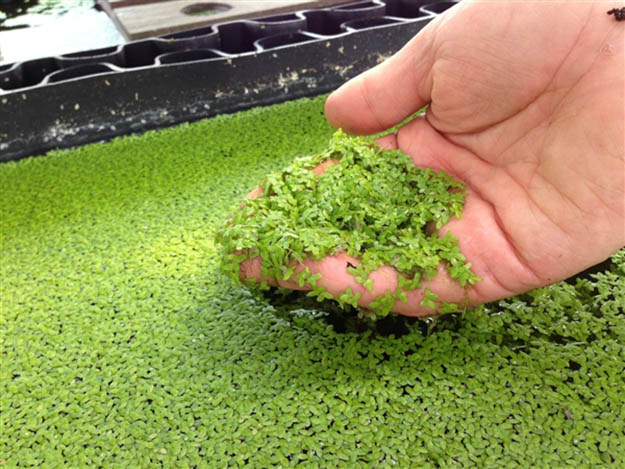
Fish love duckweed and these plants also maintain water quality. Via offthegridnews
What Is Aquaponics?
Make A (Nearly) Self-Sufficient Indoor Garden With Aquaponics
Container Gardening for Your Patio or Balcony
-

 Do It Yourself7 months ago
Do It Yourself7 months agoParacord Projects | 36 Cool Paracord Ideas For Your Paracord Survival Projects
-

 Do It Yourself9 months ago
Do It Yourself9 months agoHow To Make Paracord Survival Bracelets | DIY Survival Prepping
-

 Do It Yourself9 months ago
Do It Yourself9 months ago21 Home Remedies For Toothache Pain Relief
-

 Do It Yourself10 months ago
Do It Yourself10 months agoSurvival DIY: How To Melt Aluminum Cans For Casting
-

 Exports8 months ago
Exports8 months agoAre Switchblades Legal? Knife Laws By State

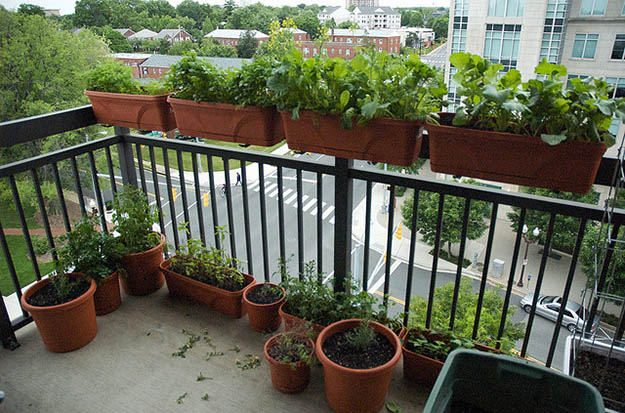
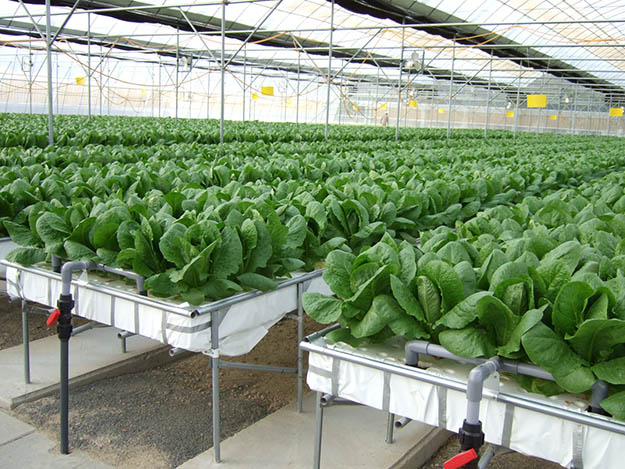
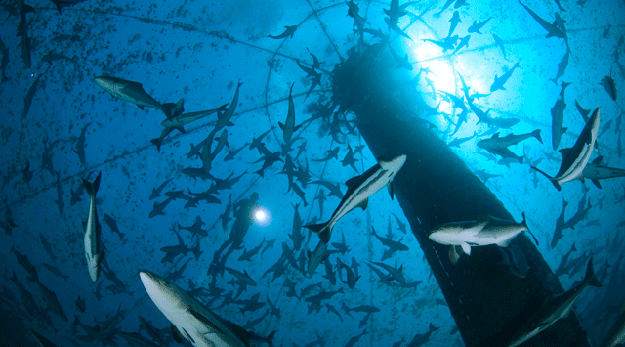
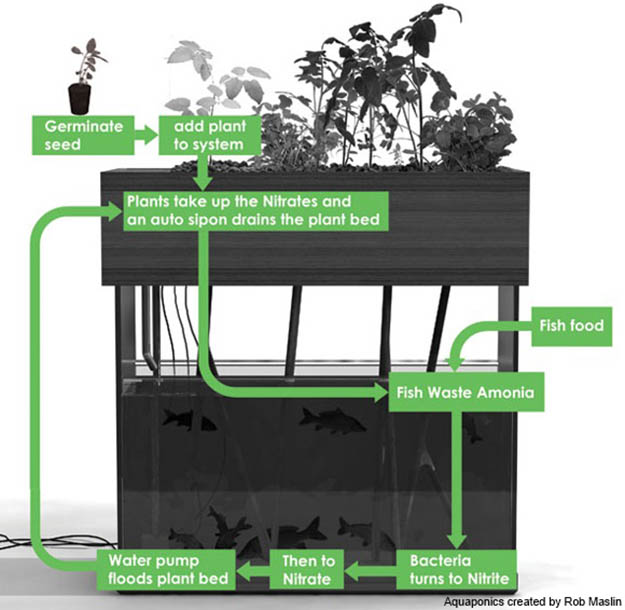
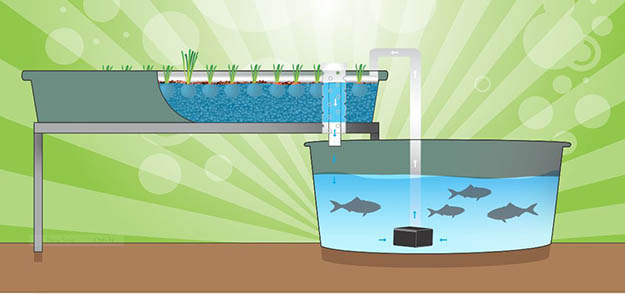

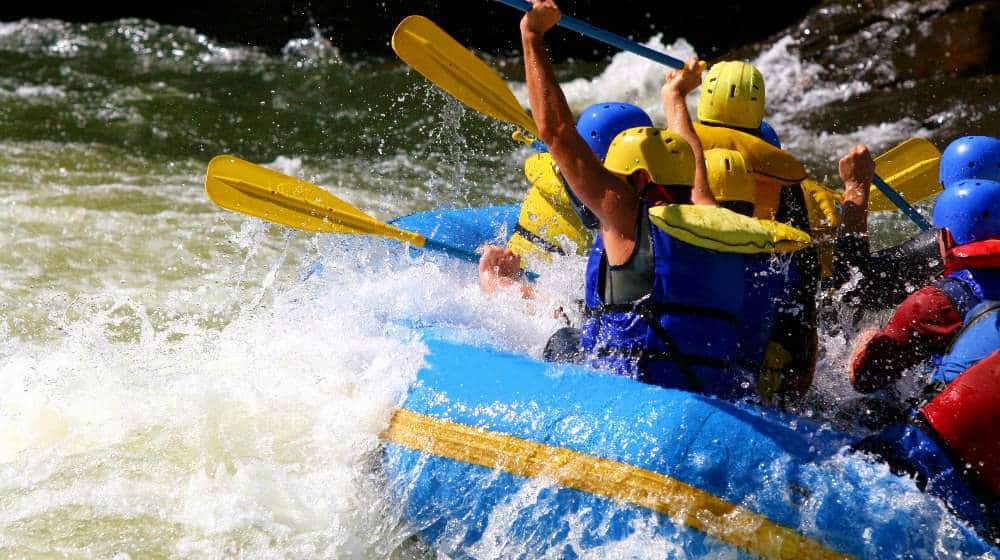





Murray Hallam
November 9, 2017 at 1:23 AM
I think this is an informative post and it is very useful and knowledgeable. I really enjoyed reading this post.thank you!
Pingback: 10 Smart Ideas My Redneck Neighbor Taught Me - Survive!
Pingback: 10 Smart Ideas My Redneck Neighbor Taught Me
Anonymous
August 12, 2018 at 7:45 AM
A really really helpful document, I am running an aquaponics system as a school project and this document has given me a very good general understanding of the whole system.
Thank you.
Pingback: Winter Gardening Tips: The Prepper's Guide to Cold-Weather Gardening
Pingback: 10 Smart Ideas My Redneck Neighbor Taught Me | Survival Life
Pingback: 10 Smart Ideas My Redneck Neighbor Taught Me | Primitive technology
Pingback: 10 Smart Ideas My Redneck Neighbor Taught Me – Ultimate Survival Alerts
Pingback: Backyard Aquaculture And Its Importance – The Self-Sufficient Life
Pingback: Backyard Aquaculture And Its Importance – Alive After USA Fall
Pingback: Backyard Aquaculture And Its Importance | Best Go Bag
Pingback: Backyard Aquaculture And Its Importance – surviveurself
Pingback: Backyard Aquaculture And Its Importance – SurvivalHood